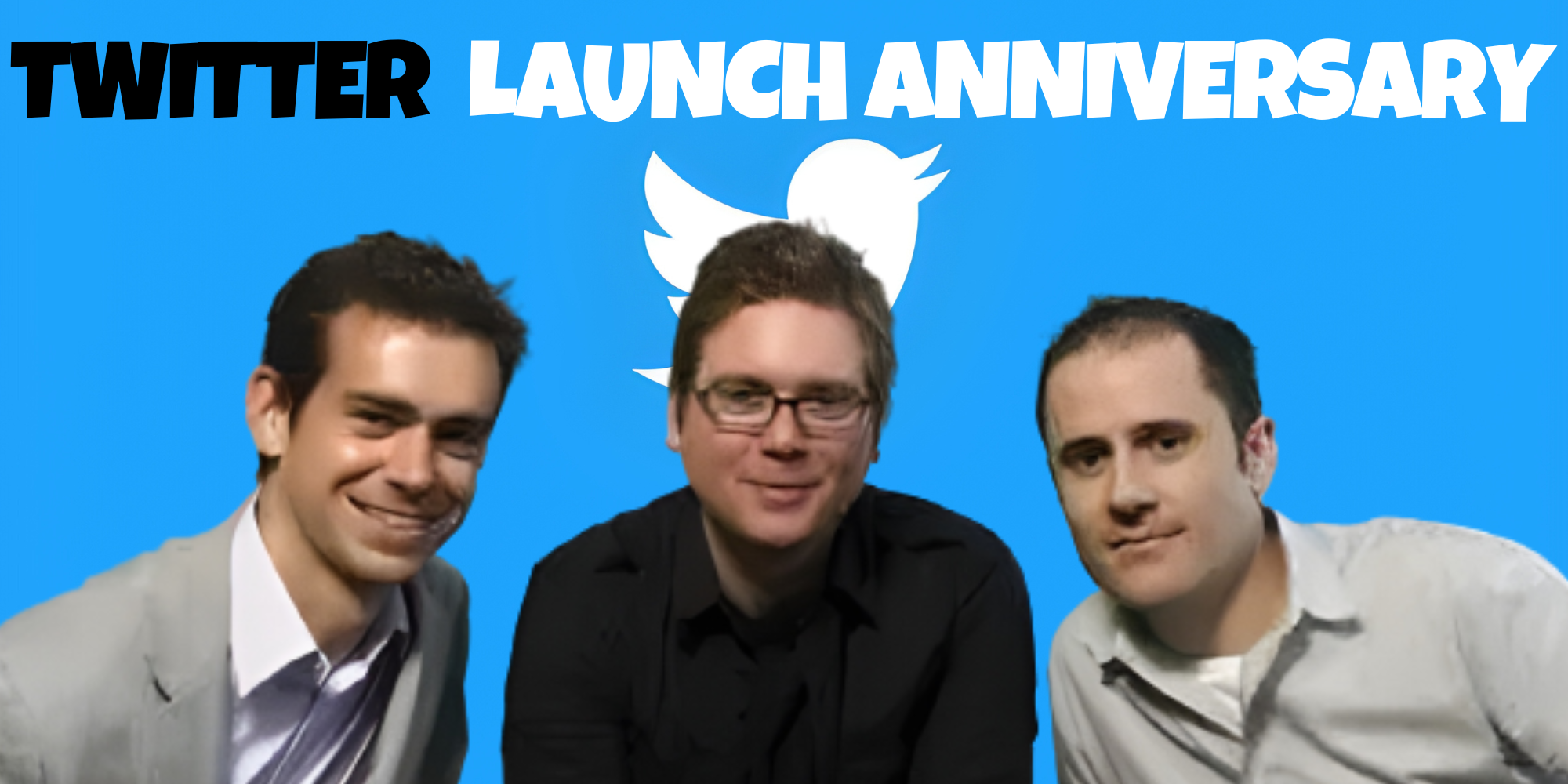
On the 15th of July 2006, a revolution was unleashed onto the digital landscape. The microblogging platform Twitter, the brainchild of co-founders Jack Dorsey, Evan Williams, and Biz Stone, was launched publicly. Today, on its 17th anniversary, we explore the journey of this digital pioneer and its significant impacts on global communication.
Twitter’s Origins: From Odeo to Twttr
The idea of Twitter sprouted from the podcasting venture, Odeo, where Jack Dorsey served as an engineer. Following Apple’s announcement of adding podcasts to iTunes, the Odeo management understood the need for a fresh direction. It was in this decisive moment that Dorsey proposed the concept of a short message service (SMS), allowing users to share succinct blog-like updates with their network. With the green light from management, Dorsey commenced work on the project initially labelled “Twttr”.
On 21st March 2006, Dorsey posted the first tweet ever, and by 15th July that year, Twitter was ready for the world.
The Independent Existence of Twitter Inc
The following year, Twitter Inc was established independently, with Dorsey leading the charge as CEO. Alongside Facebook, Twitter initiated a global social media revolution. The introduction of hashtags in 2007, initially met with scepticism, quickly became integral to the functioning of the platform, connecting Twitter users worldwide.
Revolutionary Additions: Verified Accounts and Retweets
In 2009, Twitter introduced the Verified account system with a verification tick, following multiple celebrity complaints about impersonation through fake accounts. That same year, the retweet feature was added, providing a simple way for users to share others’ content.
The Monetisation Era and Anti-Abuse Measures
As Twitter’s popularity soared, surpassing 100 million new users in 2010, a monetisation feature – promoted tweets, was introduced. To tackle online harassment, Twitter incorporated anti-abuse measures, enabling users to filter, block, and report objectionable content. Direct messages (DMs) were also added, enhancing personal communication within the platform.
Character Limit Extension and New Features
Originally launched with a 140-character limit, Twitter doubled this to 280 characters in 2017. New features like Stories and Spaces were added in 2020. Despite Stories’ removal due to lacklustre user response, Spaces remained popular, highlighting the platform’s continued evolution.
The Musk Era and Beyond
Twitter’s journey took an unexpected turn when Elon Musk, one of the world’s wealthiest individuals, acquired it on 27th October 2022. Shortly after, Musk assumed the role of CEO, replacing Parag Agrawal. High-level executive reshuffling ensued, and the introduction of the Blue subscription followed, necessitating payment for the coveted blue tick.
As Twitter’s story continues to unfold, its rivals are not standing still. Recently, Meta launched Threads, a Twitter-like messaging app pitched as Instagram’s “text-based conversation app.” It rapidly attracted 100 million users in less than a week, indicating the relentless dynamism of the social media landscape.
All in all, Twitter, over the course of 17 years, has become an intrinsic part of our digital lives, allowing us to share information, communicate and gauge popularity. On this anniversary, we appreciate Twitter’s journey and its contributions to shaping our online interactions, as we excitedly anticipate what the future holds.










